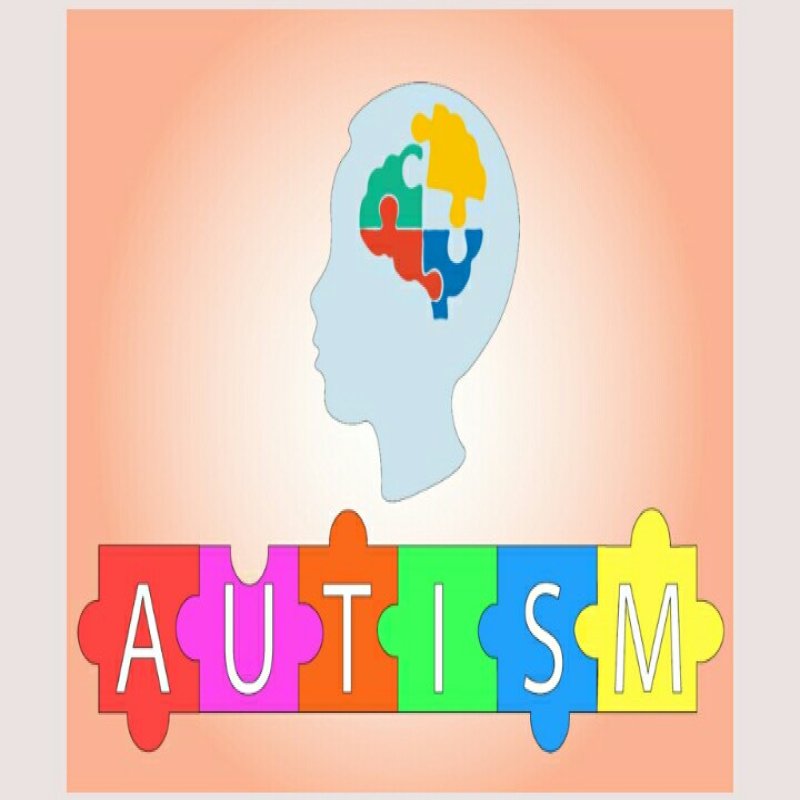
Food allergies and sensitivities (and their accompanying symptoms) are common in children with autism. A food allergy (IgE reaction) is an immediate immune response that includes symptoms such as a rash, hives, sneezing, or anaphylaxis. A food sensitivity (IgG) reaction is a delayed immune response that includes chronic symptoms in the areas of inflammation/pain, digestion, and energy/mood such as headaches, GI inflammation, gut pain, diarrhea, constipation, hyperactivity, or anxiety. Food sensitivities can also trigger asthma attacks, migraine headaches, and eczema. Because food allergies and sensitivities affect so many bodily systems, reducing them can make a significant difference in how a child feels and behaves. Possible symptoms of allergy (and sensitivity) reactions in toddlers: red ears and cheeks, dark eye circles and bags, glassy and glazed eyes, bloating, belching, diarrhea and/or constipation, headaches, runny nose, whining, screaming, hyperactivity, fatigue, aggression, depression, and refusal to be touched. Cleared of these immune system reactions, they often make big gains in language and other areas of learning, behavior, and overall health. This can mean profound improvement for children with autism.

How to Avoid the Most Problematic Foods
Parents in the autism community are becoming familiar with the restrictions on gluten and casein, two of the most problematic substances in foods. Gluten is the protein in wheat, rye, barley, spelt, kamut, and commercial oats, and casein is the protein in dairy. Wheat and dairy sensitivities are commonplace today, and not just with autism. There are a lot of hidden sources for allergies. Removal of gluten and casein—the gluten-free and casein-free (GF/CF) diet—is one of the most beneficial dietary interventions for autism.
When following a GF/CF diet, people commonly over-substitute corn and soy in place of gluten and casein. Soy and corn are also very common food sensitivities, and the removal of these foods, as well, can make a remarkable difference in health, behavior, and attention for certain individuals. Soy is broken down by the same enzyme as gluten and casein. It is common for parents to substitute soy for dairy. Soy is inflammatory to the gut (the digestive tract); it’s known to inhibit thyroid function, contains strong estrogen compounds, and decreases absorption of calcium, magnesium, zinc, and other minerals. Because casein and soy are so inflammatory and broken down by the same enzyme, it’s best to avoid both.
For milk (depending on the diet and food restrictions), you can use rice milk, almond milk, hazelnut milk, hemp milk, coconut milk, and homemade nut and seed milk blends. For yogurt, there is homemade nut/seed milk yogurt and homemade and commercial coconut yogurt.
Substitues for Gluten
- Rice
- Millet
- Quinoa
- Amaranth
- Buckwheat
- Wild rice
- Sorghum
- Tapioca
- Nut flours
- Seed flours
- Coconut flour
- Chestnut flour
- Bean flours
- Roots (taro, yam)
- Yucca/casava
- Non-gluten pasta (rice, soba noodles-100% buckwheat)
- Non-gluten bread (millet, rice bread)

Substitutes for Dairy
- Milk and Yogurts
- Rice milk
- Almond, hazelnut, or hemp milk
- Homemade nut milk
- Coconut milk
- Coconut oil
- Ghee
- Sorbets w/o milk
- Non-dairy ice cream (rice or nut milk)
- Coconut ice cream (Coconut Bliss)

Try the GF/CF diet for 3-6 months to determine whether it is helpful. Dietary intervention for autism requires development over time, and removing food sensitivities is a beneficial step. When reactions and regressions seem to come and go, removing these common food sensitivities often results in a new level of consistency that allows you to see where you are and what is left to address with your diet. You will be pleasantly surprised by how well the whole family feels when you refine the consumption of foods in your diet.


.png)


